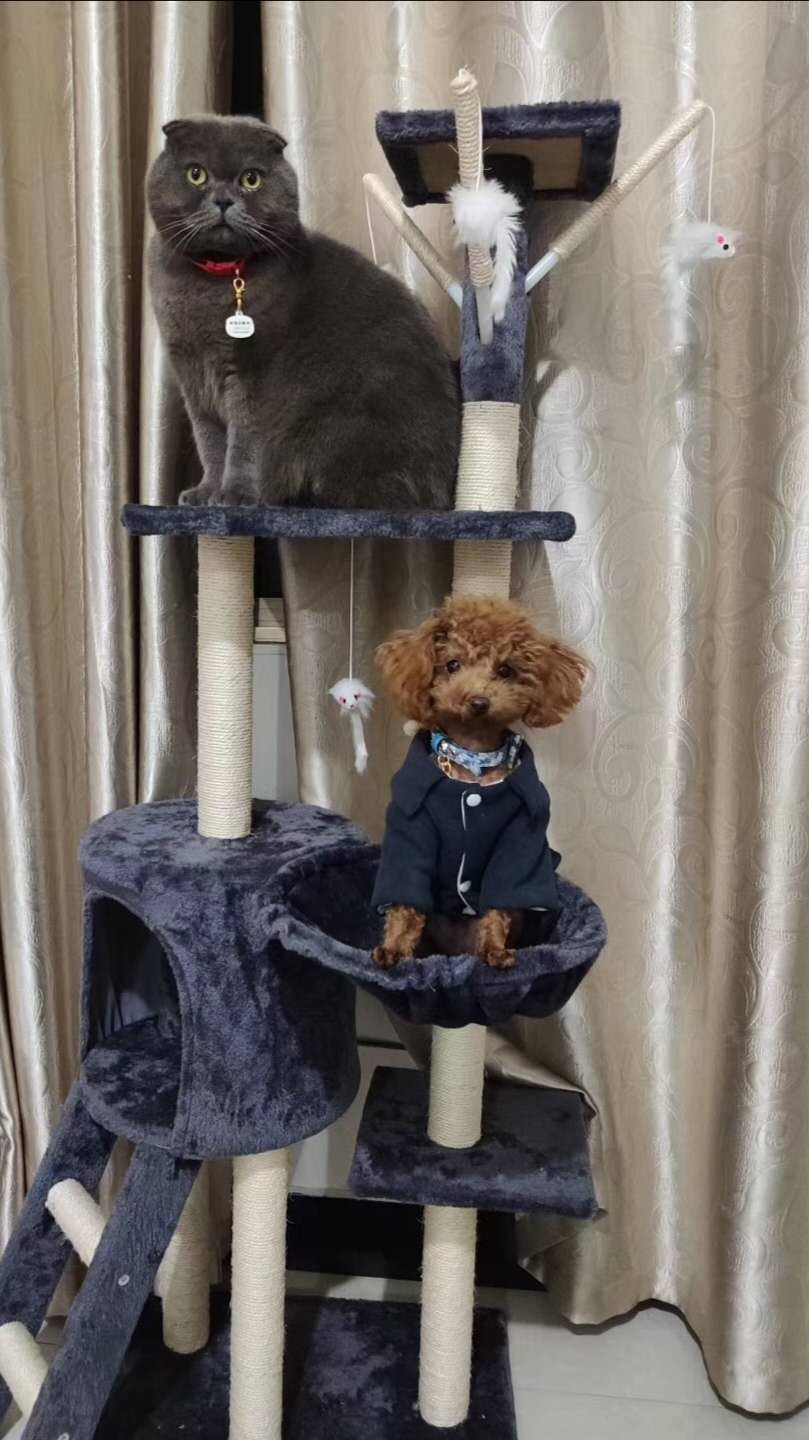Letting the cat out of the bag: the booming pet economy
30 Sep 2020
I was recently surprised to hear that around 100 million Chinese households now have pets at home. This is quite a contrast to my first visit to China 25 years ago when pets, pampered or otherwise, were rare, and certainly contrary to foreign perceptions that China was not an animal-loving nation. Today, with the middle class taking up the rearing of pets by storm, the pet economy is booming in China. It is expected to be worth around $94 billion by 2023.

Small fluffy dogs are always welcomed in public, especially among children. Credit: DFAT
Unlike in Australia where many people acquire their first pet during their childhood, the situation in China is different. China’s millennials appear to be the driving force behind this trend, with under 30s accounting for 45.2 per cent of the total pet owners in China in 2019. The majority of first time pet owners are between 25 and 35, with a large proportion being single professional women. Some attribute this phenomenon to young people feeling isolated in big cities, so seek companionship in pets. But of course, there are as many reasons as there are pets!
Like in other parts of the world, pets in China have played an important role in assisting people cope with the stresses associated with pandemic lockdowns. In this context, the number of pets in China will only increase.
Increased disposable incomes among young people play a large part in China’s rapidly developing pet ownership. The strong influence of social media in promoting the pet lifestyle is another factor. Pet owners find themselves in a like-minded community, both online and offline. Just as we have seen in the chic suburbs of Sydney, LA, London or New York, pets are also increasingly becoming the must have fashion accessory. Of course, having an affinity with animals is key as well.
Also, unlike in Australia, where most purchases of pet food and accessories are done at brick and mortar shops, Chinese pet owners go online for their pet needs. In fact almost 90 per cent of Chinese owners buy pet products online, totalling $6 billion in 2019, and with many using cross border e-commerce platforms to find premium, high-quality imports or products that are not widely available in China. Australian products are growing in popularity among Chinese consumers in this segment and are recognised for their high nutritional value, safety and quality.
Specialised bedding, pet strollers, and backpacks are now ‘must have’ accessories for pet owners. Credit: DFAT
I tend to see more dogs in urban areas than cats. Dog breeds favoured in Chengdu are definitely smaller breeds such as poodles, Pomeranians and bichons. Most dogs are pure bred. Other than the black dog that diligently guards his patch of lane way near my home, I see no mongrels in Chengdu.

Pets are often regarded as family members in China. Credit: DFAT
Like other pet owners around the world, their Chinese counterparts usually spend money for pets' medical care, grooming, food, and accessories. But compared to pets in Australia, their Chinese equivalents seem to be pampered a lot more, especially in terms of grooming, toys and beddings. New niche areas have emerged as pet photography, online veterinary consultations, physical therapy, nutritional advice, insurance as well as pet mortician and funeral services. Software has also been developed to use facial recognition to identify pets!

Pets enjoy snacks and toys while their owners are at work. Credit: DFAT
The boom in China’s pet economy means new business opportunities for entrepreneurial Australian companies. Getting a bite of this enormous market would be much more than just a dog’s dinner.
Click here to return to the Australian Consul-General's Blog on Southwest China
